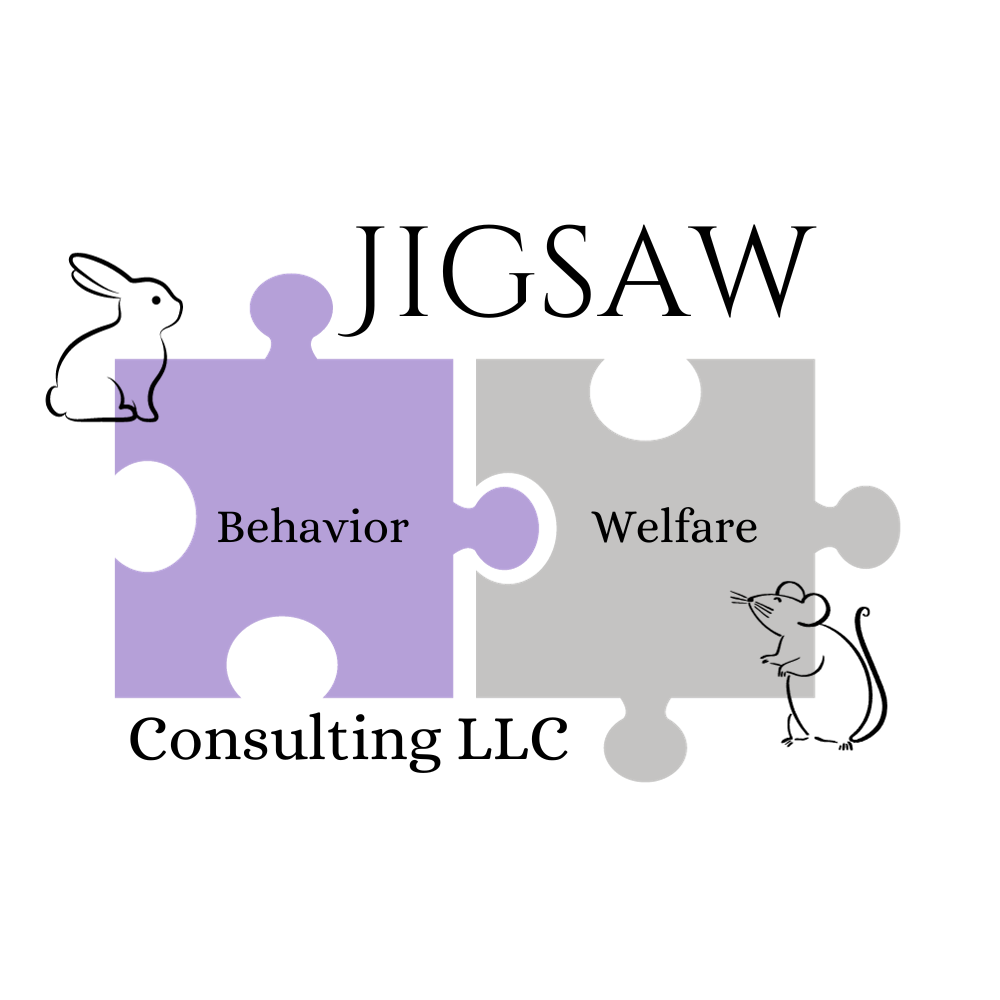Trends in Zoo Enrichment and Housing
Zoos are constantly trying to update their enclosures and animal care practices. The bar keeps rising and we all aim to be higher than it. We don’t just want our animals to survive, we want them to thrive in human care. In order to keep up with the bar, it is important to understand the trends in zoo animal enrichment and housing.
What Are the Trends in Zoo Enrichment and Housing?
While it may seem like there are always things to improve, there are a few key trends we can follow to help guide us in strategic planning. A few trends in the zoological world are listed below:
Enrichment:
Natural Enrichment: While a ball pit may be fun for animals, it is completely unnatural and can be distracting to guests. Many people prefer to see natural enrichment in animal habitats.
Goal-Based Enrichment: Enrichment should have a goal and, if it doesn’t accomplish that goal, it should be removed from the rotation. Handing a football to a mountain goat that has zero interest in it, is not enrichment. We want them to express natural behaviors and enrichment is the tool to help them do that.
Proactive Enrichment: Sometimes, we try to use enrichment to fix problems. That’s okay, but we really should be thinking ahead and planning our enrichment so that we don’t run into those problems in the first place.
Housing:
Animal-Centric Design: Historically, zoos were for the viewers. Of course, we want guests to get up close to animals and learn more about them, but we must consider the animals’ needs and how we can design habitats to prioritize their well-being.
Sustainability: We need to practice what we preach. We talk to guests about what they can do at home to help animals in the wild. Well, we can do that, too.
Immersive Habitats: Immerse guests in the culture of the area that these animals are found in. Remove visible fences from the guest’s line of sight.
Strategies for Implementing Trends:
Research Natural History
Ask questions like:
Where does the animal naturally live?
How does the animal obtain food?
What are the animal’s natural social dynamics?
What is the animal’s activity budget in the wild?
Does any of this change seasonally?
Create Effective Enrichment Logs
What behaviors do you want the enrichment to elicit?
How does the animal interact with the enrichment?
Is the animal afraid of it or does the animal ignore it?
Does the animal only spend a few seconds with the enrichment before moving on?
Does the animal spend a significant amount of time with it?
Does the enrichment accomplish the goal behavior?
Create Effective Welfare Assessments
Think of the Five Opportunities to Thrive:
Does the animal have a well-balanced diet? Does it mimic its natural diet as close as it possibly can?
Is the animal able to self-maintain? Can the animal regulate exposure to elements with shelters? Can the animal regulate temperature with shade, water, or inside access?
Does the animal have the opportunity for optimal health? How often does the veterinarian check on them? What is their wellness program like? How effectively are they treated for any illness or injury?
Does the animal have the opportunity to perform a variety species-specific behaviors throughout the day? Are there any behaviors that aren’t natural? Are there any behaviors you would like to see more of?
Does the animal have opportunities for choice and control in its environment? Can the animal choose when and where to eat, drink, or sleep? Can the animal decide not to participate in a training session or in guest interactions and not receive negative consequences such as withholding food?
Think Greener
What are some ways you can save water? Can you avoid keeping sinks running? Can you emphasize using a shovel or a dust pan to pick up debris instead of using a hose to push it toward a drain? Speaking of, do your floors slope to the drain?
Can you reduce waste by recycling or composting?
Can you install sky lights so the animals get natural light and to save electricity?
Think of the Guest Perspective
Are there visible fences obscuring their view of the animals? How can you create more natural barriers that still keep both people and animals safe?
Are the animals not visible to the public? How can you maintain animal well-being while providing a better view to the audience? One way glass? Slopes? Strategic placement of shelters? Strategic placement of viewing areas?
What is the human culture like in the area that the animal is found? Can you add elements to the exhibit that immerse the guest in that location?
Housing and enrichment trends seem to center around purposefulness, functionality, animal well-being, and guest perception. Looking at the zoo through the guest perspective while researching the needs of your specific animal and understanding their nuances as an individual, you can create enrichment and housing that aligns with the emerging trends. Not only will you create a more immersive and educational environment for your guests, you will create a happier life for the animals under your care.
Schedule a consultation here if you need help ensuring you are following trends at your zoo


